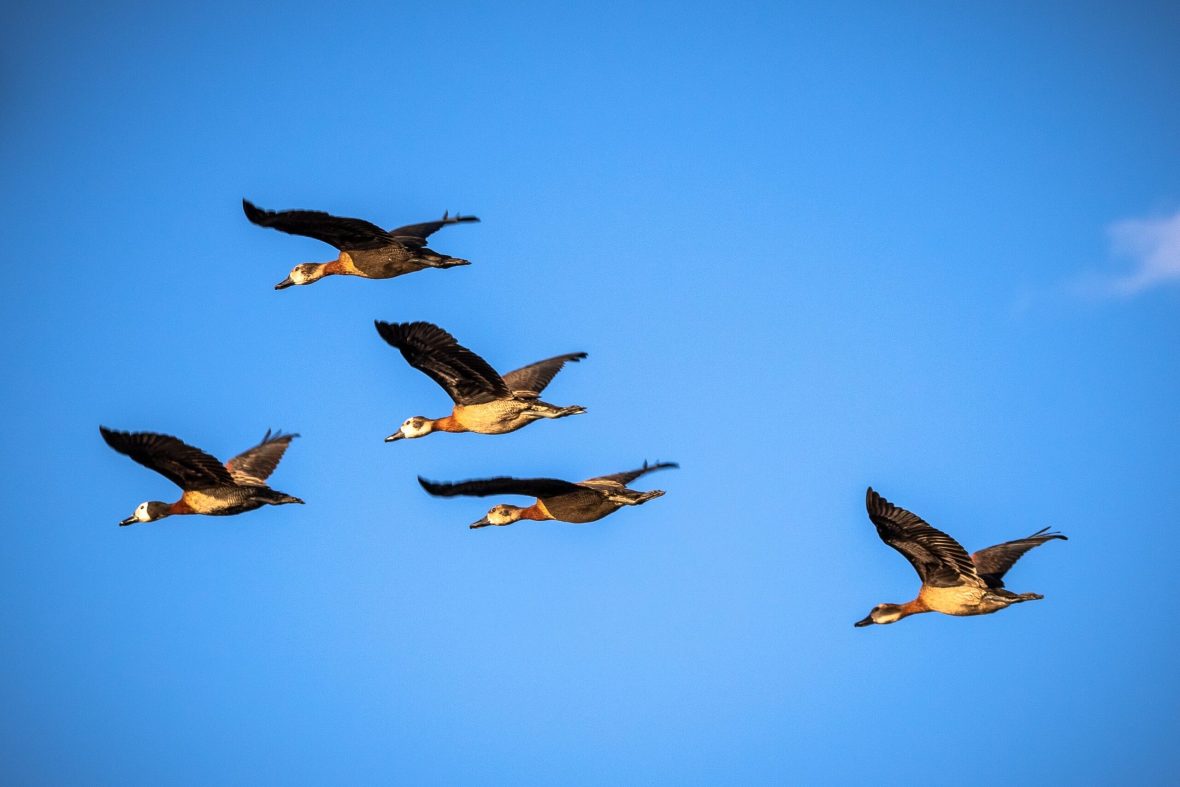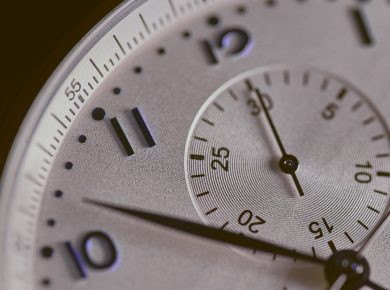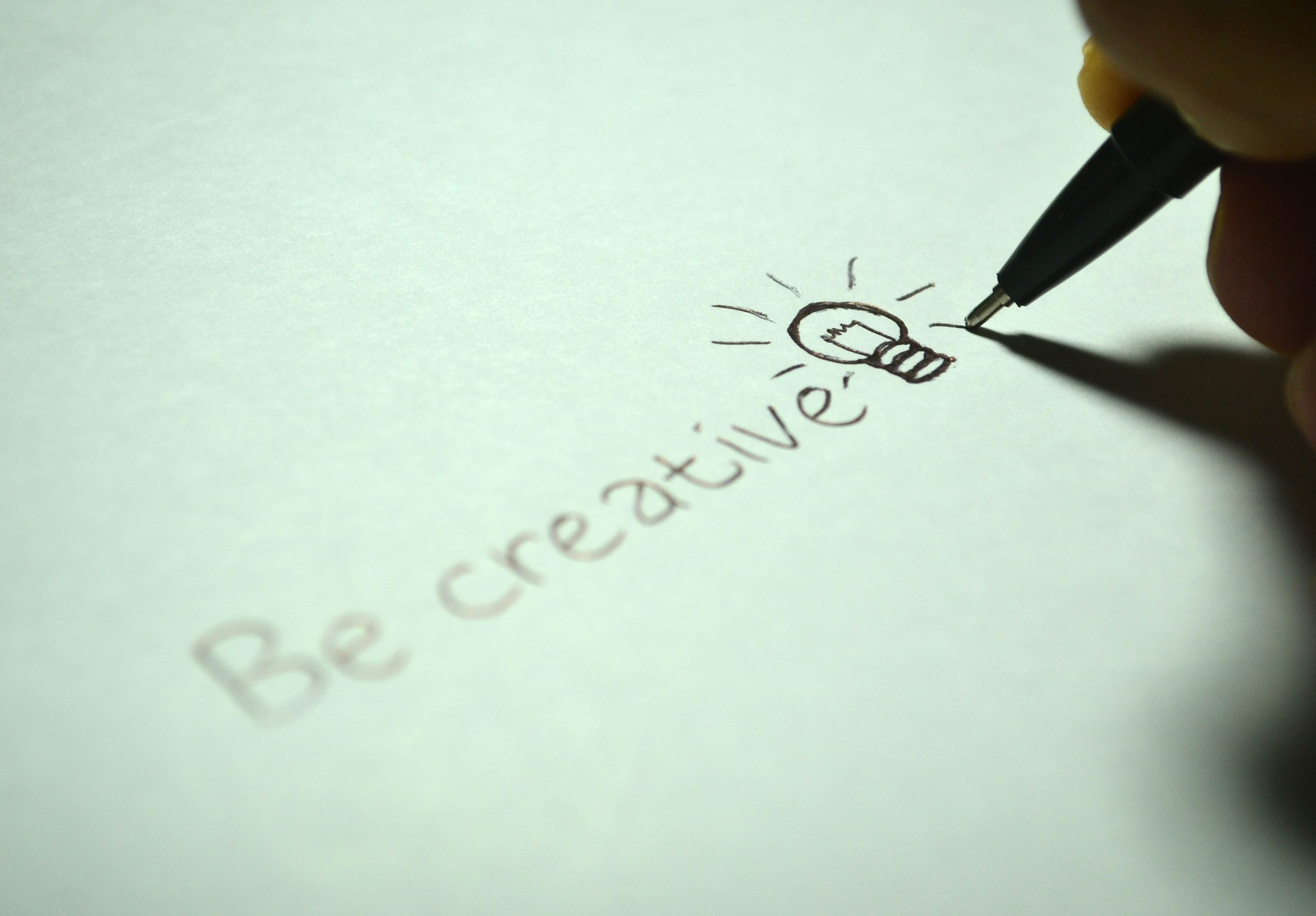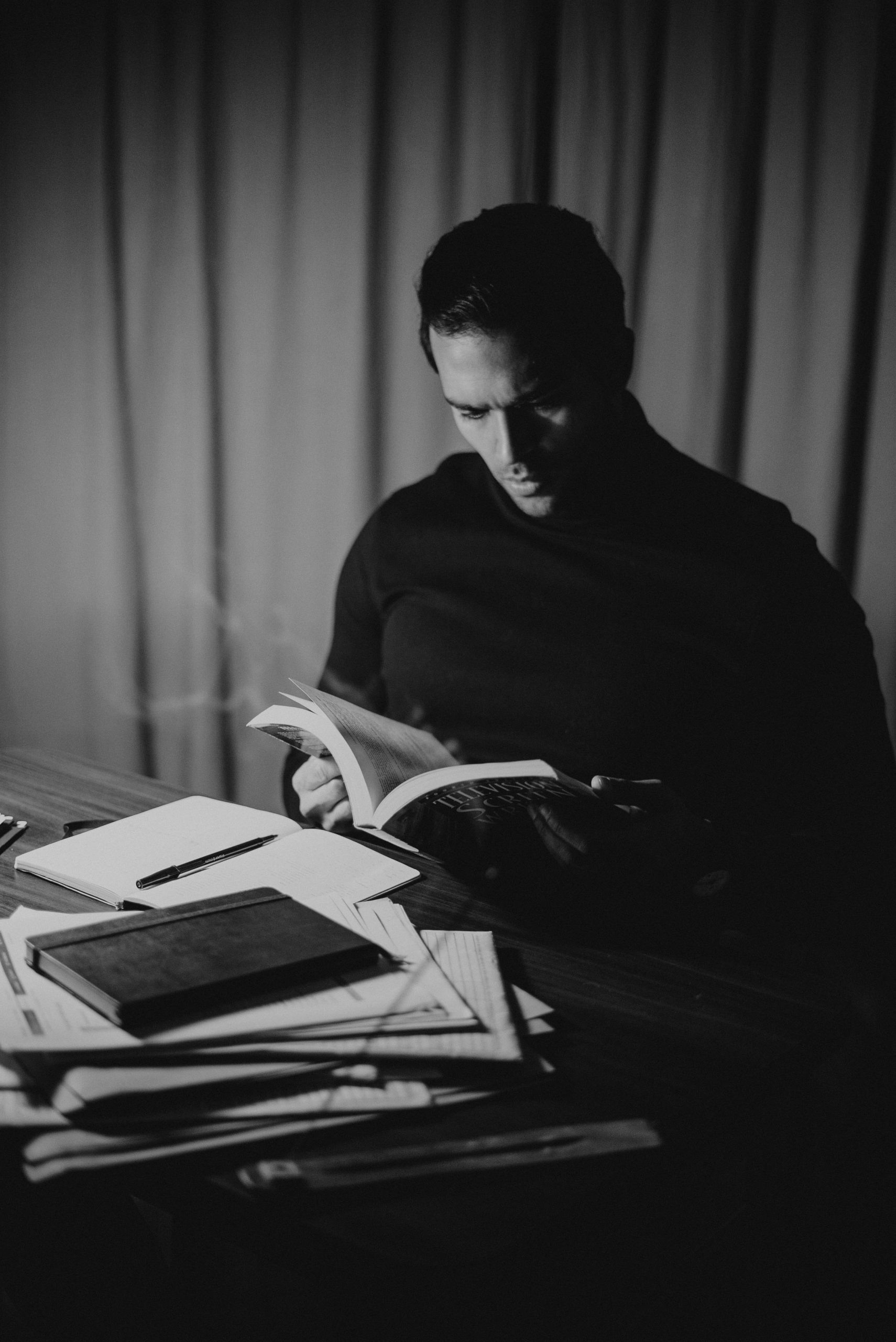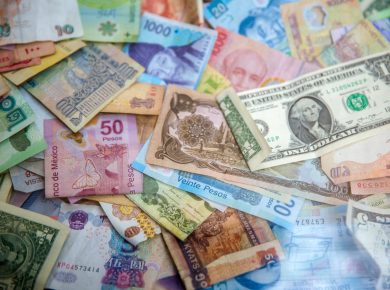Prose is the genre of literature that tells a story. It is viewed as an extended narrative, wider in scope than the short story. This is derived from the Latin word “Prorsus” which means “Forward” or “straight on”.
Therefore, a prose work goes “straight on” from beginning to end, making run-on lines (enjambment) its hallmark. The following are some examples: Chinua Achebe’s “Things Fall Apart”, “Arrow of God, Kogi”, “Harvest”, Ngugi’s “Weep Not, Child”, Soyinka’s “Interpreters”
Structures of prose
Every single thing has a structure; a house has a structure, and a car has a structure in how they are made. There are three basic structures of prose.
- The sentence: The first structure is known as a sentence. In designing a narrative story, we shall start with sentences.
- The paragraph: After the sentences, the paragraphs will follow. The sentences form a paragraph. Two or more sentences have become a reasonable paragraph.
- The chapter: The last structure is the chapter. It is believed that paragraphs form a chapter. More than three paragraphs can become a reasonable chapter.
Division of prose in size
- Novel: This is a fictional prose narrative of substantial length that expresses a certain conception of life through the actions of characters who seek solutions to human problems in definable time and space.
- Novella/novelette: This prose fiction is shorter than a novel but longer than a short story. It is the same thing as a novella, a term that originated in Italy, where it is used to depict the same range of prose.
- Short story: A brief narrative in prose explores a particular idea. The hallmarks of the short story are brevity and the concise use of words. It usually has 1000 to 1800 words. In a book, we can have many topics on different subject matters.
Setting: The setting is the background against which the events in the story are built. It is the location or place where an event takes place.
Types of setting
- Geographical location: This always concerns the actual geographical location of the story. It is the place where the story is localised, in urban and rural settings.
- Occupational setting: This involves the manner in which people daily lives. For example, the characters’ activities can be located in an urban or rural set-up.
- Time setting: The period in which a story takes place is very important to the overall happening in the story.
Plot: The plot is the main sequential arrangement of a series of events in the story.
Theme: This is the central idea or dominating point for discussion in the novel.
Characters and Characterisation
Characters are human or non-human creatures that interpret the written dialogue. But characterisation is the representation or analysis of characters. Characters in the novel dramatise plausible human actions and sharpen the pattern of events.
The characters in the novel are not particularly human beings; they are imaginatively created characters.
Types of characters
- Dynamic character: A dynamic character is a character that changes according to the course of events in the story.
- Static character: This refers to a type of character whose life charges little or not at all in the course of the story.
- Rounded character: A rounded character is found almost everywhere in the story.
- Flat character: He is a character that appears to be a rounded character, but that has a propensity for alignment.
- Major character: This is the other important character, but he is all-important since their interaction with the major character sheds more light on the message of the author. He performs crucial roles in the development of a story.
- Minor character: This is the less important character, but he is not all-important since his interaction with the major characters sheds more light on the message of the author.
Point of view
This is the medium used by the novelist to indicate the mode used by a character in a particular novel. Types of points of view or narrative techniques
- First-person narrative techniques: It is the technique that occurs when the writer uses the first-person pronoun “I”.
- Second-person narrative technique: It is the technique that occurs when the writer uses “You”.
- Third-person narrative technique: This technique occurs when the writer uses “He, she, and it”.
- Omniscient narrative technique: This occurs when the writer tends to be all-seeing or all-knowing all events happened.
- Epistolary: This is the technique in which letters are used to communicate.
- Stream of consciousness: This is a line of thoughts, emotions, and feelings which focus on the writer’s mind. It is also a narrative method that produces a character’s random thoughts and associations, which makes the readers appreciate the work better, based on the writer’s impressions as amplified in the text.
Various Important features of prose
Style: It is the manner or way of writing a story. The author can also adapt his language to the material or the idea he is dealing with.
Symbolism: It is the representation of concepts, ideas, objects, etc. The artistic device used by the novelist as a descriptive power of factual language almost deviates from its simple function of describing or recording, but is now used to stand for or represent something else completely.
Imagery: It is a mental picture of an object. Again, this is a literary formula used by the artist whereby an image or a picture is evoked by language; this image is capable of being visualised.
Denouement: This is called a resolution. At the end of the story, the artist poses a problem, an event. But if there is a resolution at the end of a story, there is a denouement.
Foreshadowing: If a writer uses a device to describe events that are yet to take place in the story in the form of a prophecy, it is called foreshadowing. This prophecy usually comes to pass at any point in a story.
Satire: This is any literary work that holds up a society to ridicule or shows the foolishness or wickedness of an idea or custom and evokes it. It is a device that exposes or criticises the vices and follies of society.
Fiction and non-fiction
Fiction is not a true-life story. It means that something does not truly happen and so is made to look as if it happened. You just imagine! But non-fiction is the record of a real-life situation which took place, something about somebody.
Autobiography and biography: An autobiography tells the story of the author by the author himself or herself, while a biography tells the story of a person by another author.
Allegory and fable: This is the epitome of symbolism. It contains a lot of symbols, signs, and images. Different characters and situations to show the truths about life and man’s life. However, a fable is a device where animals are given the roles of humans to play.
Criticism: It is the principle of making careful judgments on any piece of writing. Read the similar post on this page.
